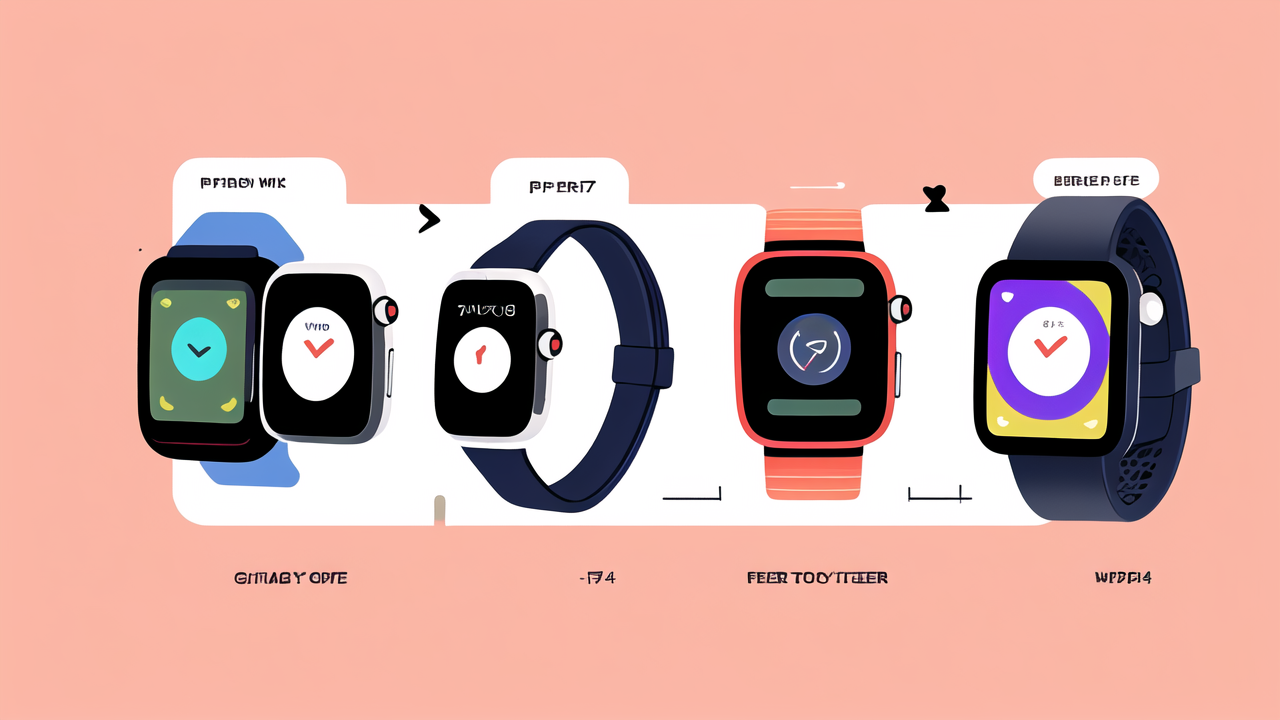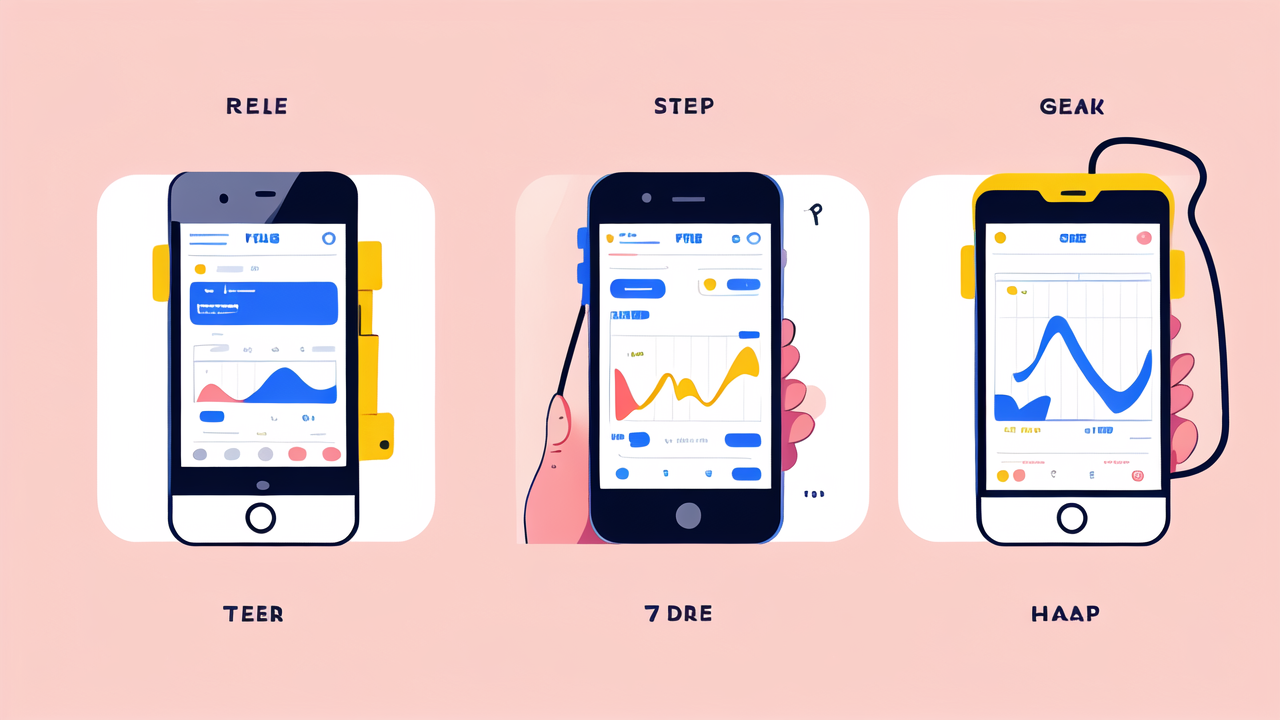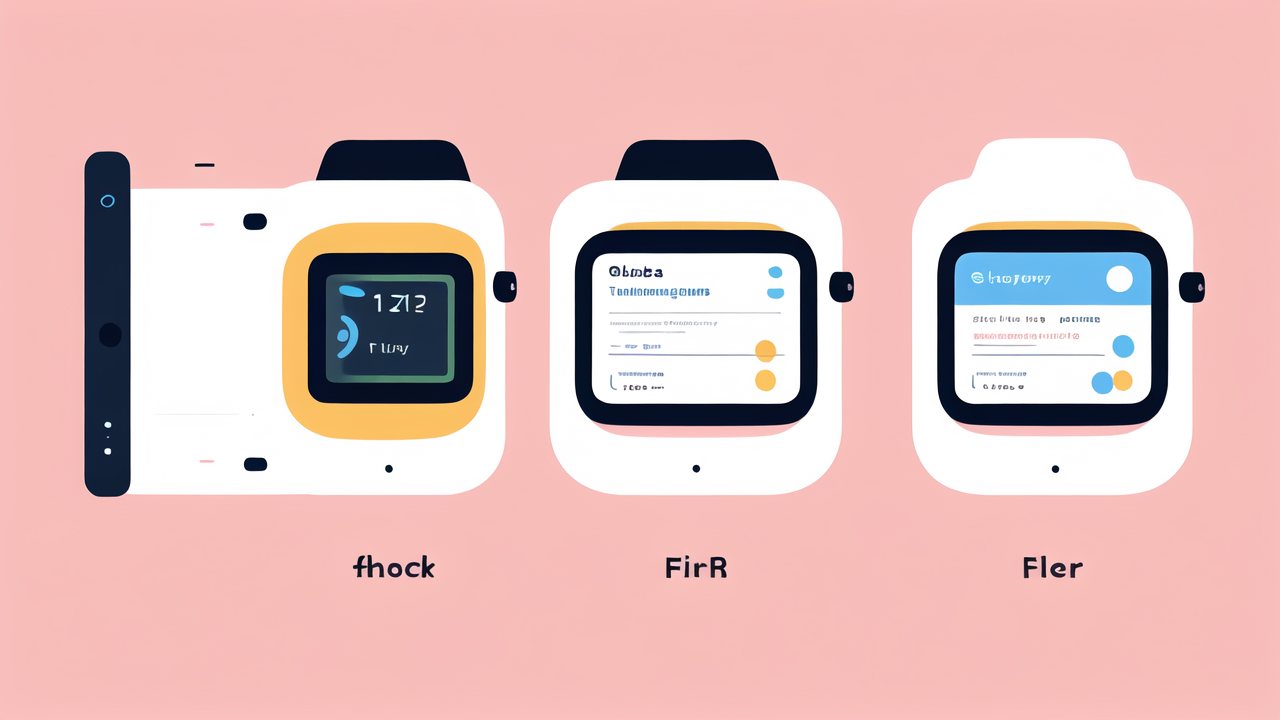The Importance of Fitness Tracking in Modern Exercise Regimens
Understanding the Role of Wearable Technology
Wearable tech has become a game-changer in the fitness world. These devices, like fitness trackers, offer real-time data on our physical activity. They monitor steps, heart rate, calories burned, and even sleep patterns.

Fitness trackers act as personal coaches on our wrists. They motivate us to move more and help us set realistic goals. By providing constant feedback, they keep us accountable to our fitness plans.
Many people find that using a fitness tracker makes exercise more fun and engaging. It turns workouts into a game, where you can compete against yourself or others. This gamification aspect can boost motivation and consistency in exercise routines.
How Fitness Trackers Can Enhance Workout Effectiveness
Fitness trackers do more than just count steps. They can significantly improve the quality of your workouts. Here's how:
- Accurate tracking: Trackers provide precise data on distance, pace, and heart rate. This helps you train in the right intensity zones for your goals.
- Progress monitoring: You can easily track improvements over time. This visual progress can be a powerful motivator.
- Personalized insights: Many trackers offer tailored advice based on your data. This can help you optimize your workouts and recovery.
- Goal setting: Trackers allow you to set and track specific fitness goals. This feature keeps you focused and motivated.
- Sleep monitoring: Good sleep is crucial for fitness. Trackers can help you improve your sleep habits, leading to better recovery.
Choosing the Right Fitness Tracker for Your Goals
Evaluating Key Features and Specifications
When selecting a fitness tracker, consider these key features:

- Heart rate monitoring: Look for continuous heart rate tracking for accurate calorie burn estimates.
- GPS: Built-in GPS is crucial for runners and cyclists who want to track routes and pace.
- Water resistance: If you swim or want to wear your tracker in the shower, check its water resistance rating.
- Battery life: Consider how often you're willing to charge your device. Some trackers last a week or more.
- Compatibility: Ensure the tracker works with your smartphone and preferred fitness apps.
- Display: Decide if you want a simple display or a more advanced touchscreen.
- Additional sensors: Some trackers include extras like SpO2 sensors or ECG monitors.
Choose a tracker that aligns with your fitness goals and lifestyle. Don't pay for features you won't use. Focus on what's most important for your personal fitness journey.
Comparing Top Fitness Trackers in the Market
The fitness tracker market offers many options. Here's a brief overview of some popular choices:
- Fitbit Charge 5: Known for its excellent sleep tracking and stress management features.
- Apple Watch Series 7: Offers comprehensive health tracking and seamless iPhone integration.
- Garmin Forerunner 945: Ideal for serious runners with advanced training metrics.
- Samsung Galaxy Watch 4: A stylish option with good fitness tracking and smartwatch features.
- Whoop Strap 4.0: Focuses on recovery and strain tracking for optimizing performance.
Remember, the best tracker for you depends on your specific needs and preferences. Consider trying out a few options before making a final decision.
Implementing Fitness Trackers into Various Exercise Modules
Integration with Cardiovascular Training
Fitness trackers can revolutionize your cardio workouts. Here's how to make the most of them:

- Heart rate zones: Use your tracker to stay in the right heart rate zone for your goals. This ensures you're working at the right intensity.
- Interval training: Many trackers have built-in interval workout modes. Use these for efficient HIIT sessions.
- Distance tracking: For runners and cyclists, GPS tracking provides accurate distance and pace data.
- Calorie burn: Track calories burned to balance your diet and exercise for weight management.
- Progress tracking: Monitor improvements in your pace, distance, or heart rate over time.
Remember to sync your tracker with your favorite running or cycling app for a more detailed analysis. This can help you identify trends and areas for improvement in your cardio training.
Using Fitness Trackers for Resistance Training and Yoga
Fitness trackers aren't just for cardio. They can enhance your strength training and yoga sessions too:
- Rep counting: Some trackers can count reps during strength workouts. This feature helps you stay on track with your sets.
- Rest timing: Use your tracker's timer function to ensure proper rest between sets.
- Heart rate monitoring: Track your heart rate during resistance training to gauge workout intensity.
- Yoga modes: Many trackers offer yoga-specific modes that track your movements and calories burned.
- Breathing exercises: Use your tracker's guided breathing sessions for better focus during yoga.
- Recovery tracking: Monitor your heart rate variability to ensure proper recovery between workouts.
By integrating your fitness tracker into diverse exercise types, you get a more holistic view of your fitness. This comprehensive approach can lead to better-balanced workouts and improved overall health.




Leave a comment
This site is protected by hCaptcha and the hCaptcha Privacy Policy and Terms of Service apply.